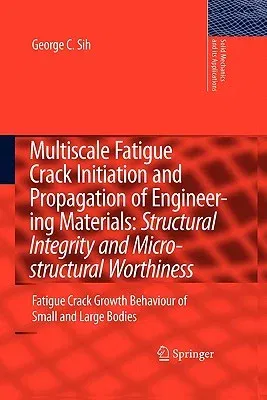Multiscale Fatigue Crack Initiation and Propagation of Engineering Materials: Structural Integrity and Microstructural Worthiness: Fatigue Crack GrowtPaperback, 28 October 2010

Qty
1
Turbo
Ships in 2 - 3 days
In Stock
Free Delivery
Cash on Delivery
15 Days
Free Returns
Secure Checkout
Part of Series
Solid Mechanics and Its Applications
Print Length
380 pages
Language
English
Publisher
Springer
Date Published
28 Oct 2010
ISBN-10
9048178991
ISBN-13
9789048178995
Description
Product Details
Book Format:
Paperback
Country of Origin:
NL
Date Published:
28 October 2010
Dimensions:
23.39 x
15.6 x
2.06 cm
ISBN-10:
9048178991
ISBN-13:
9789048178995
Language:
English
Location:
Dordrecht
Pages:
380
Publisher:
Weight:
553.38 gm

